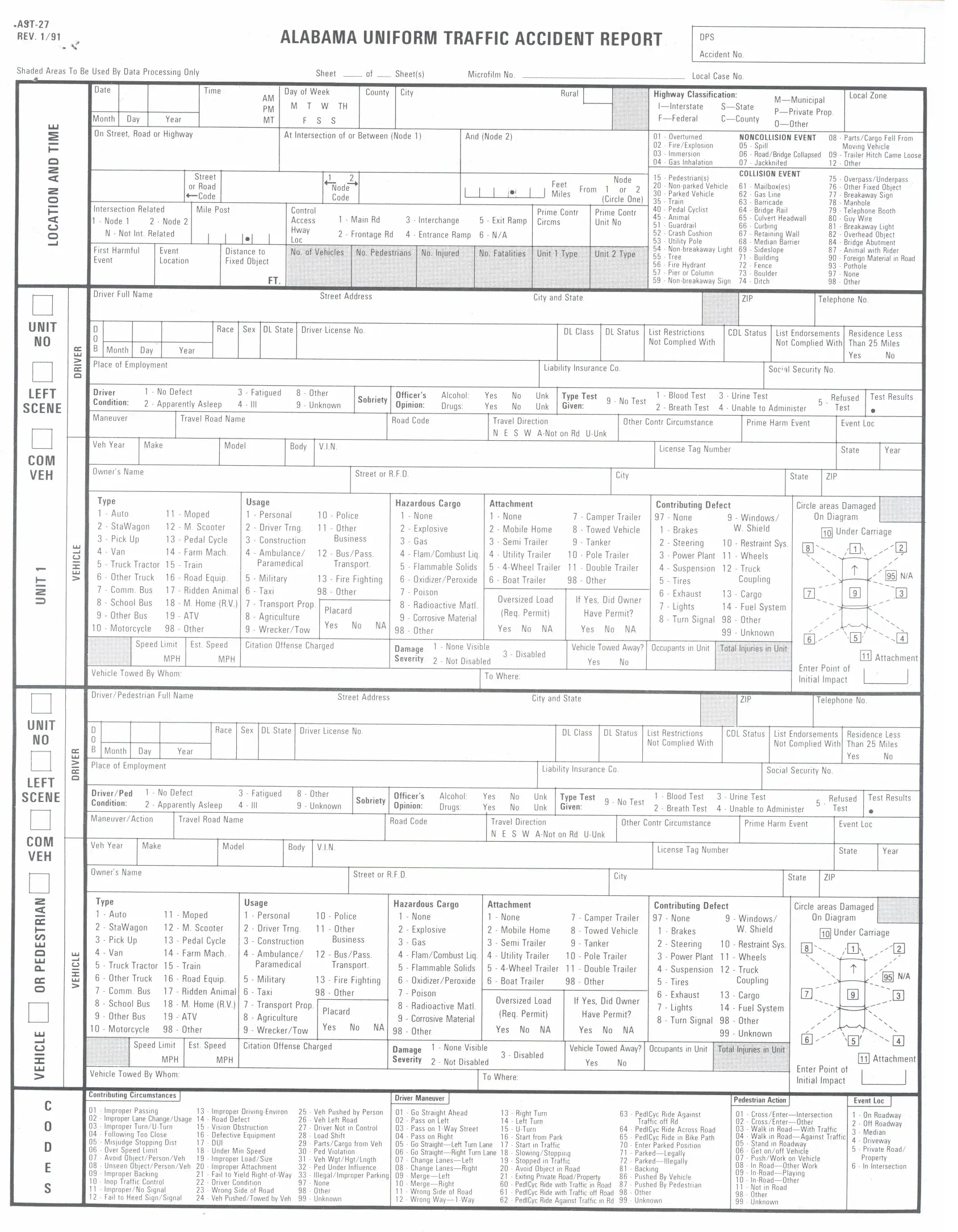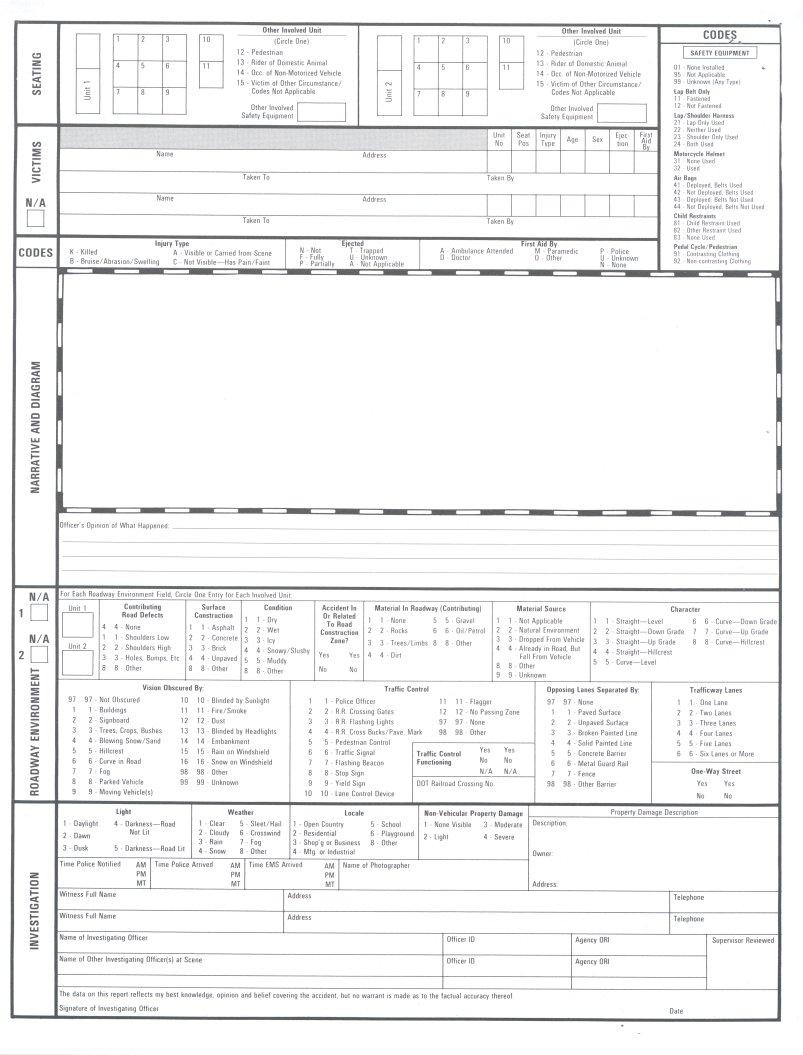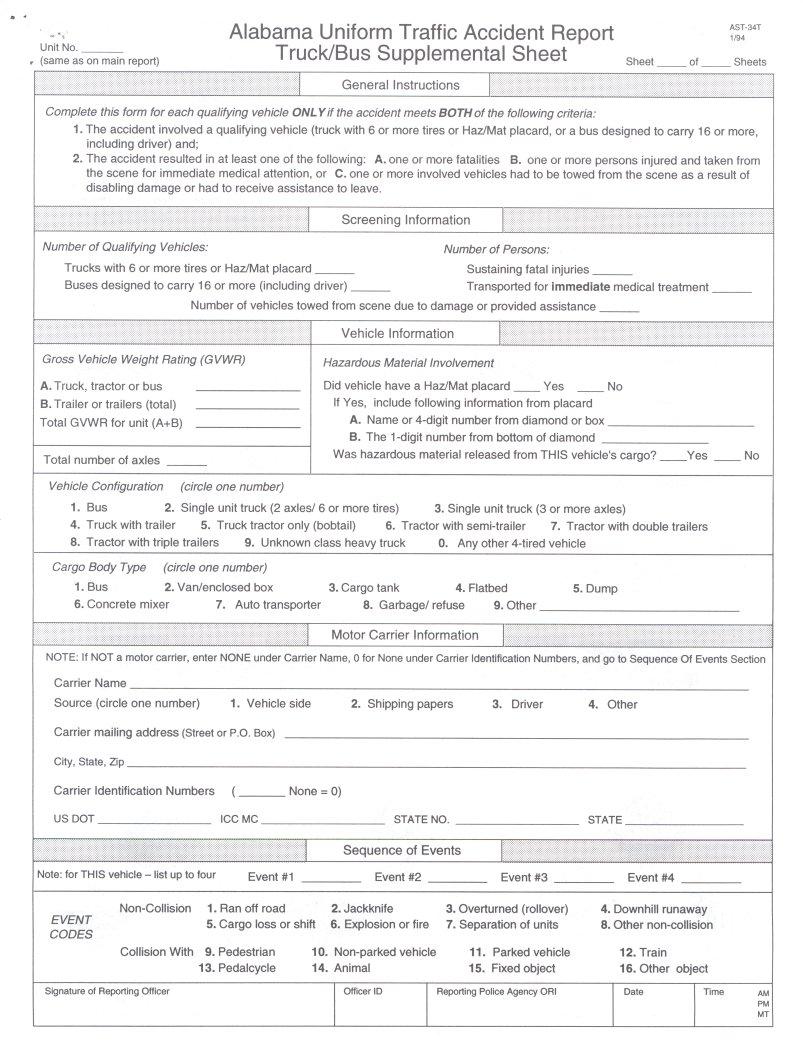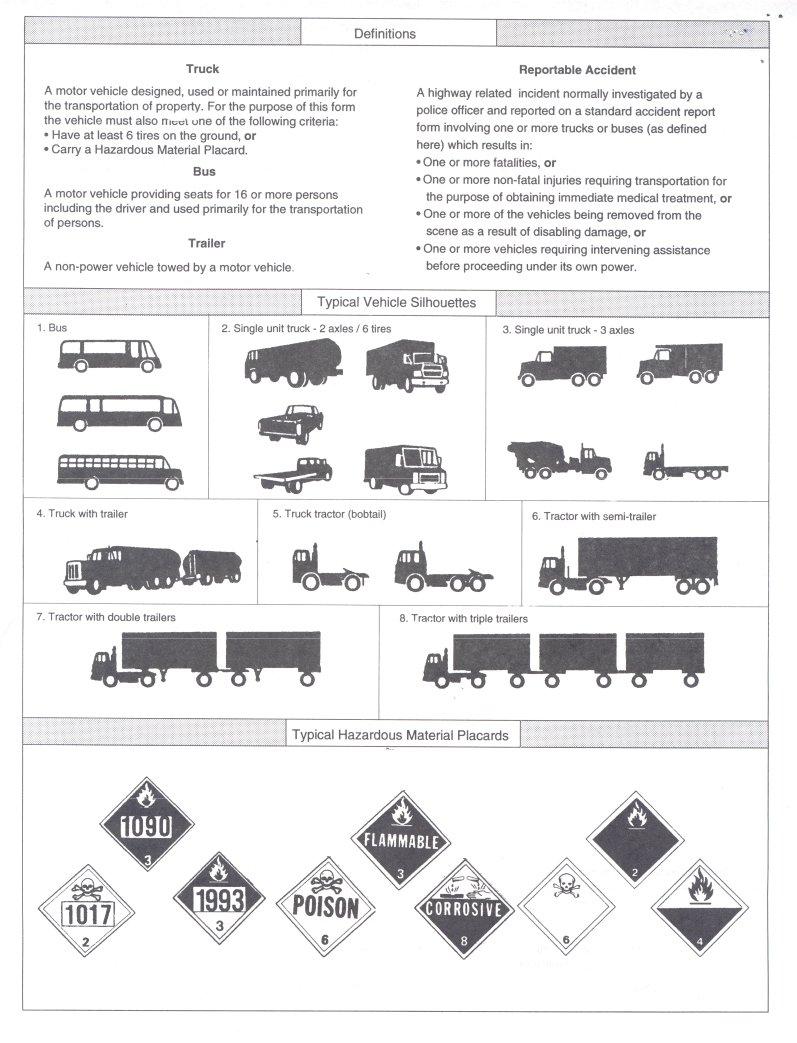The Alabama Uniform Traffic Report Form is essential for law enforcement officials to record details about traffic incidents within the state. This form captures crucial information for traffic management, legal proceedings, and statistical analyses.
1. Identify the Incident
Describe the incident's location, including the nearest intersection or landmarks. This geographical specificity helps map traffic incidents accurately for future reference and analysis.
2. Document the Date and Time
Record the exact date and time when the incident occurred. Accurate timing is critical for understanding traffic patterns and potential causes of the incident.
3. Describe the Vehicles Involved
Provide a detailed description of each vehicle involved in the incident. Include make, model, year, color, and license plate number.
4. Record Driver Information
For each driver involved, document their full name, address, contact information, driver’s license number, and insurance details.
5. Note Observations and Measurements
Detail any measurements or observations made at the scene, such as skid marks, road conditions, and weather conditions.
6. Include Witness Statements
If there were witnesses to the incident, record their accounts and contact information. Witnesses can provide valuable insights that might not be immediately apparent to the investigating officers.
7. Summarize the Incident
Provide a comprehensive summary of the incident. This narrative should include the events leading up to, during, and following the incident.
8. Attach Supporting Documentation
Attach any supporting documentation, such as photographs of the scene, diagrams of the incident layout, and any legal notices issued.
9. Officer and Supervisor Signatures
Ensure that the reporting officer signs the form and obtains a signature from a supervising officer.







